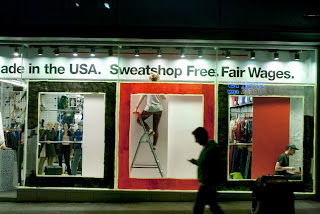Unit 1 mini brief
First I used wide angle lens to take this shot. Used a slow aperture value to show some movement with the guy in front. Gives a bit of life to the picture. ISO was high due to a night shot so the picture would be a bit noisy. I have editd in photoshop the resolution. I ve changed it to 72 ppi so it is easy to upload to my blog.
Next picture was taken outside of Britannia hotel. I took this shot to demonstrate the shallow depth of field. I ve focused on the taxi sign and left everything out of focus by using a very low aperture such as 1.8. So the depth of field is short because of this. Iso was set for about 400. 1/60th of a second. There was not a lot of movement so wouldnt need a fast shutter speed.
.
Next picture was taken on Deansgate. While the cars were quieing front of this big blue lit building. I have outfocused so everything got blurred and used a slow shutter speed so you can see the movement of the camera. 18mm @ 400ISOOn my way home took this picture with the same technique as above. 18mm @ 800 ISO that`s why the picture is so noisy.
The corn exchange shot at 1/30th of a second ISO 400 and 18mm wide.








































